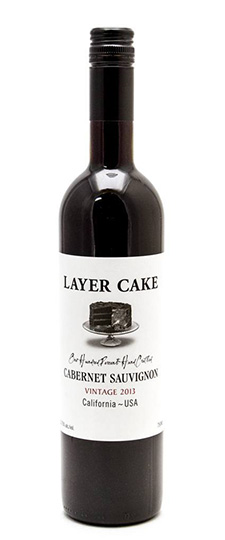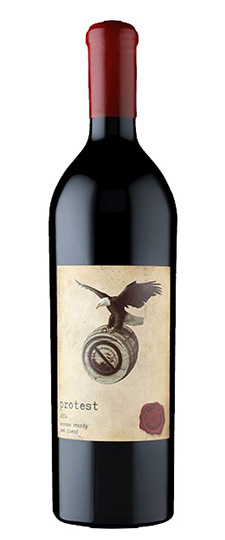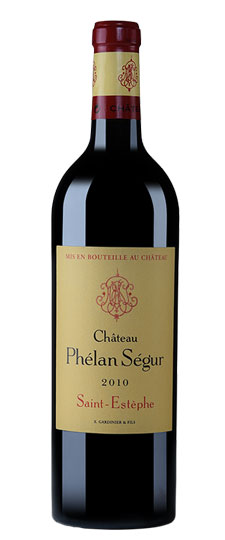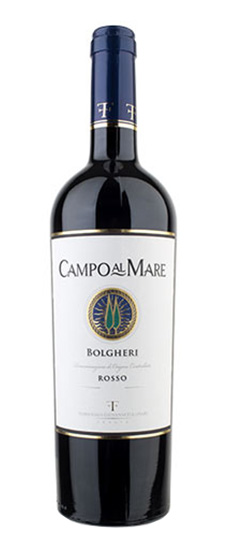Wine Score
Grape Variety
Rare Red Blend Wine
Rare Red Blend is a term Wine-Searcher uses for red wines made from unusual or rarely seen combinations of grape varieties (see also Rare White Blend). It also proves convenient for those wines whose blend is unknown or unpublished.
Although typically complex, many rare red-wine blends do conform to certain patterns. Many are regional twists on the classic Bordeaux Blend; by adding their local signature grape to a basic Cabernet-Merlot blend, many regions have successfully broadened the appeal of their wines while maintaining a degree of regionality. In Italy, this is done with local specialties such as Sangiovese, Montepulciano and even Trentino’s idiosyncratic Lagrein. In Austria it is achieved with Zweigelt or Blaufrankisch, and sometimes both.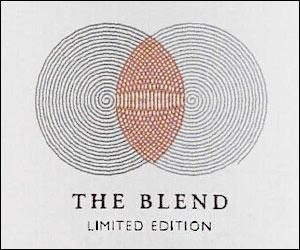
Some wineries deliberately draw attention to their complicated or unusual blends. The “Quintology” wine produced by New Zealand’s Matariki winery is so called because it is made from five classic varieties; quint is the Latin prefix denoting “five”. Across the Pacific, noted Chilean winery Viña Errazuriz makes a wine labeled as “The Blend”.
The range of possible blends which might fall into the Rare Red Blend category is vast. Nowhere is this more obvious than in Italy – a country famed for its seemingly endless array of obscure varieties. It would raise few eyebrows in Italy if a winemaker blended Sangiovese and Barbera with Marzemino and Groppello. One such wine is in fact produced from vineyards overlooking Lake Garda.
Region
Sonoma County Wine
Sonoma County, California, is one of the most important wine-growing regions in the whole of the United States. Vines have been planted here since the 1850s, and apart from the inevitable hiatus brought about by Prohibition, the county’s relationship with wine has been prolific and unbroken.
Viticulturally speaking, Sonoma County is divided into three distinct sections: Sonoma Valley, Northern Sonoma and Sonoma Coast. Each of these has its own AVA title and encompasses several sub-AVAs within its boundaries.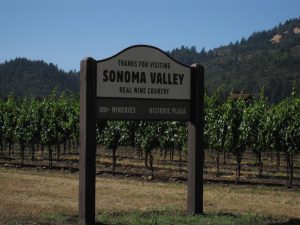
Sonoma Valley is located in the county’s south-eastern corner, and effectively mirrors the shape and orientation of Napa Valley just across the Mayacamas Mountains. It encompasses Bennett Valley, Sonoma Mountain and the western half of Carneros – arguably California’s finest ‘cool-climate’ terroir. The Sonoma Valley climate is famously blessed with cooling fog, which rolls in from San Pablo Bay in the summer months. Trapped between the Sonoma and Mayacamas mountains, the fog here is noticeably denser and more persistent than in the broader valleys to the north. When combined with cooling ocean breezes, this means that Sonoma Valley is sufficiently cool to rate as Region I (>2,500 degree days) on the Amerine-Winkler climate scale, yet sufficiently sunny to produce bright, intensely flavored wines.
Northern Sonoma is much larger and more complex than Sonoma Valley, both geologically and viticulturally speaking. It encompasses no fewer than ten AVAs, including the famous and substantial Russian River Valley and Alexander Valley. It effectively covers the northern two-thirds of Sonoma County, omitting only Sonoma Valley and the coastal strip covered by the Sonoma Coast AVA (which also stretches inland to cover the Petaluma River Watershed). The southern limits of Northern Sonoma are marked by the towns of Sebastapol and Santa Rosa, which, along with Healdsburg, are the county’s main centers of commercial and winemaking activity. From here, the AVA follows the Russian river northwards all the way to the Mendocino County border, bulging eastwards briefly to take in the Knight’s Valley.
Sonoma Coast is not so much a contiguous viticultural area as a work-around title to circumnavigate US wine labeling laws. In the 1980s, the US government tightened up the legal definition of the phrase ‘Estate Bottled’, restricting the term to wines grown and bottled within the boundaries of a single AVA. The catch-all Sonoma Coast title makes complying with this law significantly easier for wineries whose vineyards are scattered around various AVAs. The majority of the Sonoma Coast is indeed near the county’s coast, but a considerable proportion of its southern half lies more than 15 miles (25km) inland, and plugs the gap between Northern Sonoma and Sonoma Valley.
The portfolio of grape varieties used in Sonoma County barely deviates from that used in California as a whole. Cabernet Sauvignon is unquestionably the dominant red variety, while an occasional patch of Cabernet Franc is also to be found on the county’s cooler mountainside sites. The cabernets’ Bordeaux stablemate Merlot remains significant, even if plantings are far from what they were in the 1980s and 1990s. The United States’ icon red wine grape Zinfandel is planted in Sonoma’s warmer, drier spots, while Chardonnay and Pinot Noir take advantage of cooler mesoclimates. White Sauvignon Blanc provides a lighter, more refreshing alternative to Chardonnay, and although far from prolific, Rhone valley stalwarts Syrah and Viognier are steadily gaining vineyard acreage.
Producer Notes
History
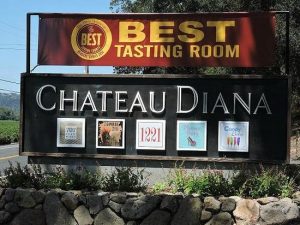 Chateau Diana Winery was founded in 1981, but its beginnings were crafted along a career path that would take Tom Manning, and later, his young family on a coast-to-coast journey.
Chateau Diana Winery was founded in 1981, but its beginnings were crafted along a career path that would take Tom Manning, and later, his young family on a coast-to-coast journey.
Tom was orphaned as a child and raised by his aunt. Though he never finished high school, he was a hard worker from the age of 14. Sales seemed to come natural to Tom and he moved through the sales ranks of various companies. Eventually, he found a natural fit within the wine industry.
With his young wife Diane and his expanding family, Tom lived in various states, eventually settling in beautiful Northern California. Residing first in San Francisco, Tom was lucky to be involved in the early days of a rapidly growing wine retailing group, Trader Joe’s. The owner personally selected Tom to develop Negociant Wine Brands.
With the rapid sales and success that Tom enjoyed, he seized the opportunity to open his own winery facility in 1981. Affectionately named after his wife, Chateau Diana was born in Healdsburg, Ca. Craig, their eldest son, joined Tom and Diane in this exciting venture. Over the next two years, the Mannings developed new wines within the Chateau Diana brand while also looking for a more permanent home for their winery.
In 1983, a dream was realized with the purchase of the LeBaron Ranch encompassing 60 acres in the Dry Creek Valley. 30 years later, the Manning family honors the LeBaron’s legacy of maintaining a family-owned winery. The business continued to grow with a sales office in Southern California, whom their daughter Dawn runs herself. In 1991, another son Corey joined his sister in the family business.
The period between 1999 and 2001 held many changes for Chateau Diana and the Manning family, saddest of which was the unexpected loss of winemaker, Craig Manning. The continued growth of the business within this family struggle, including necessary expansions to the winery facility, was shouldered by Dawn, Corey, and Craig’s Wife, Donna. Their dedication and commitment to hard work is a deep family conviction and is key to the accomplishments at Chateau Diana. When walking the grounds of Chateau Diana you can feel the love and care Craig Manning put into the winery before his passing. He is gone but never forgotten.

